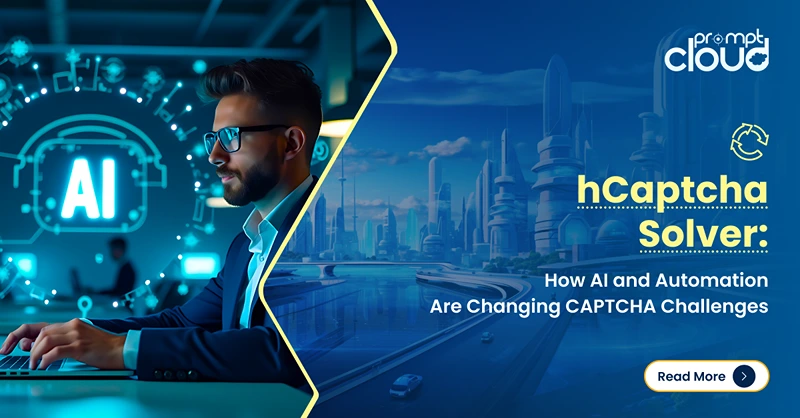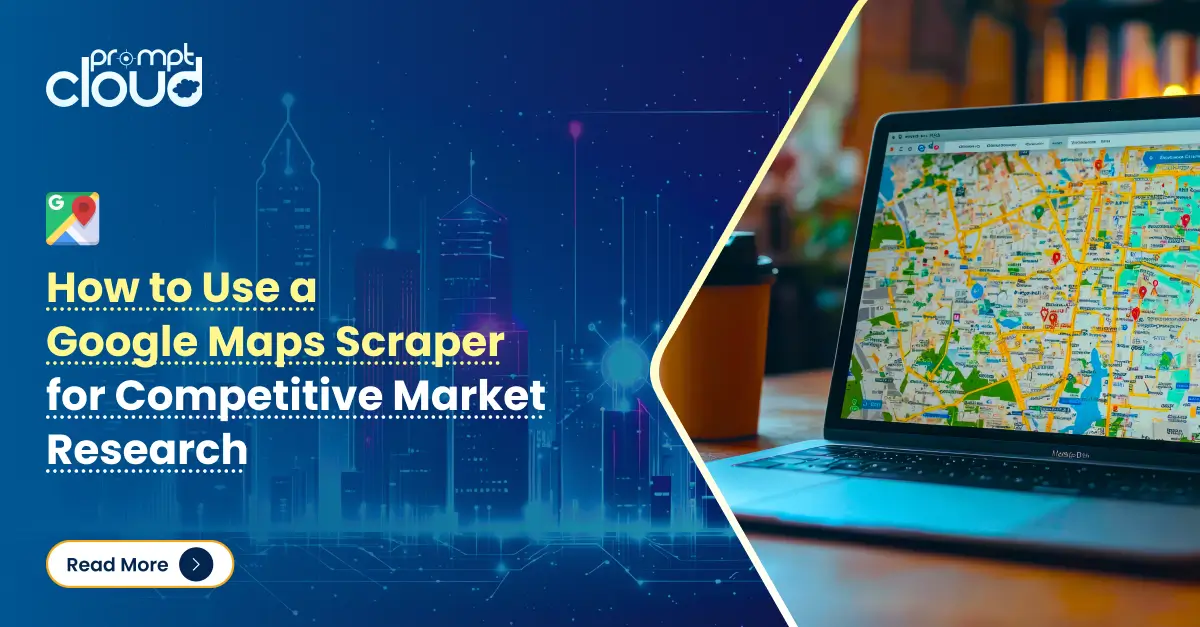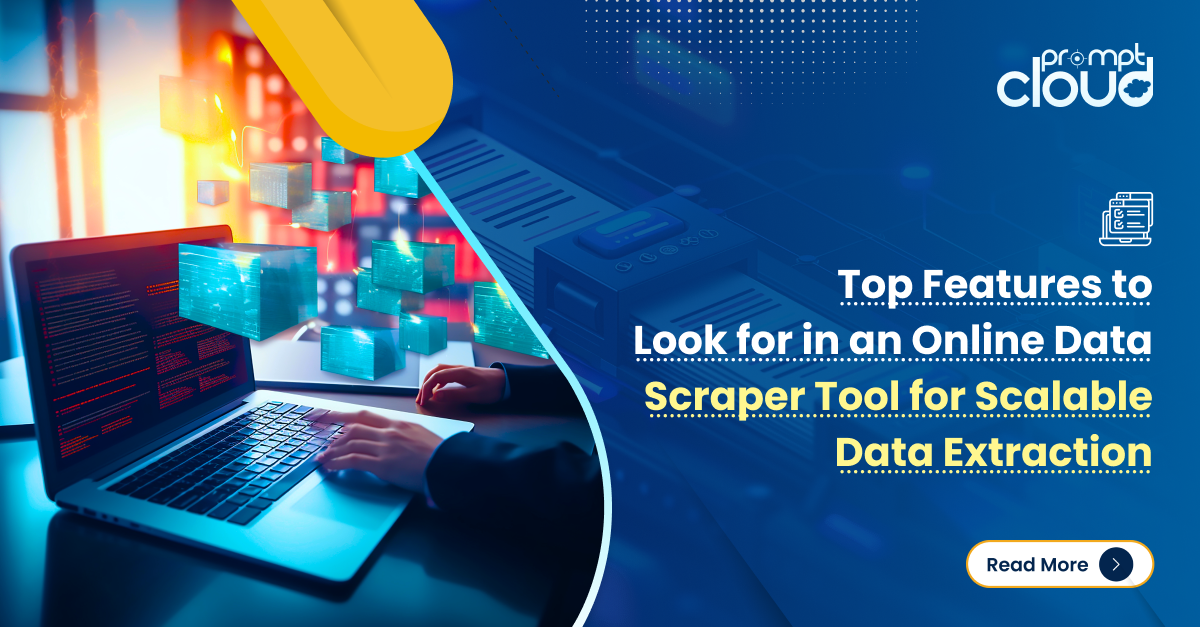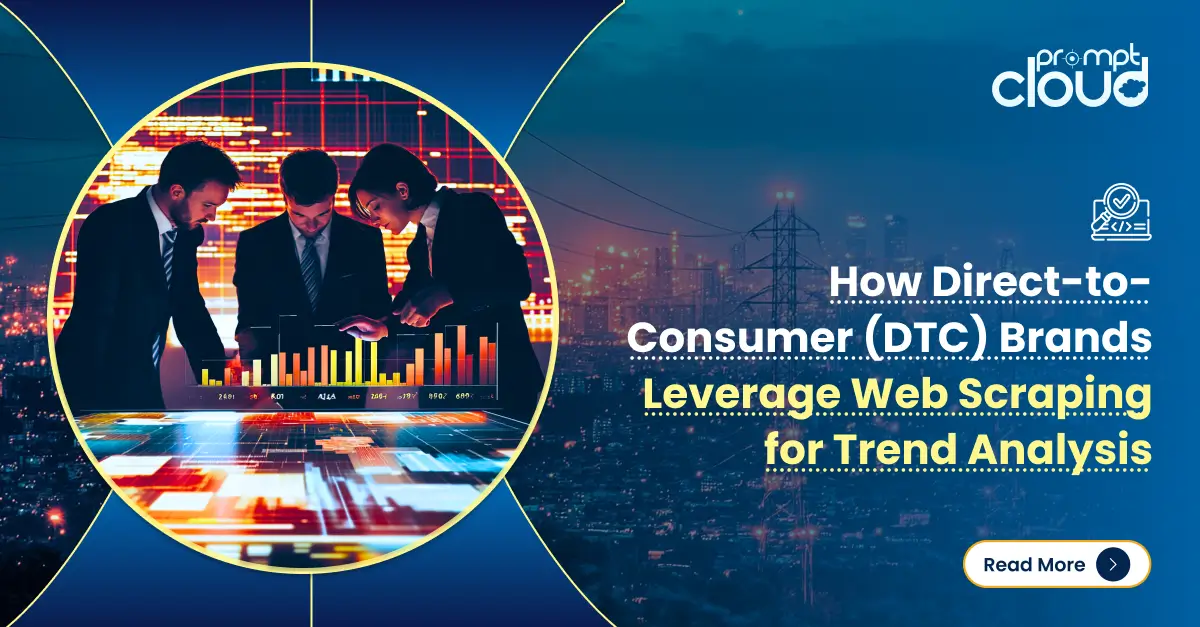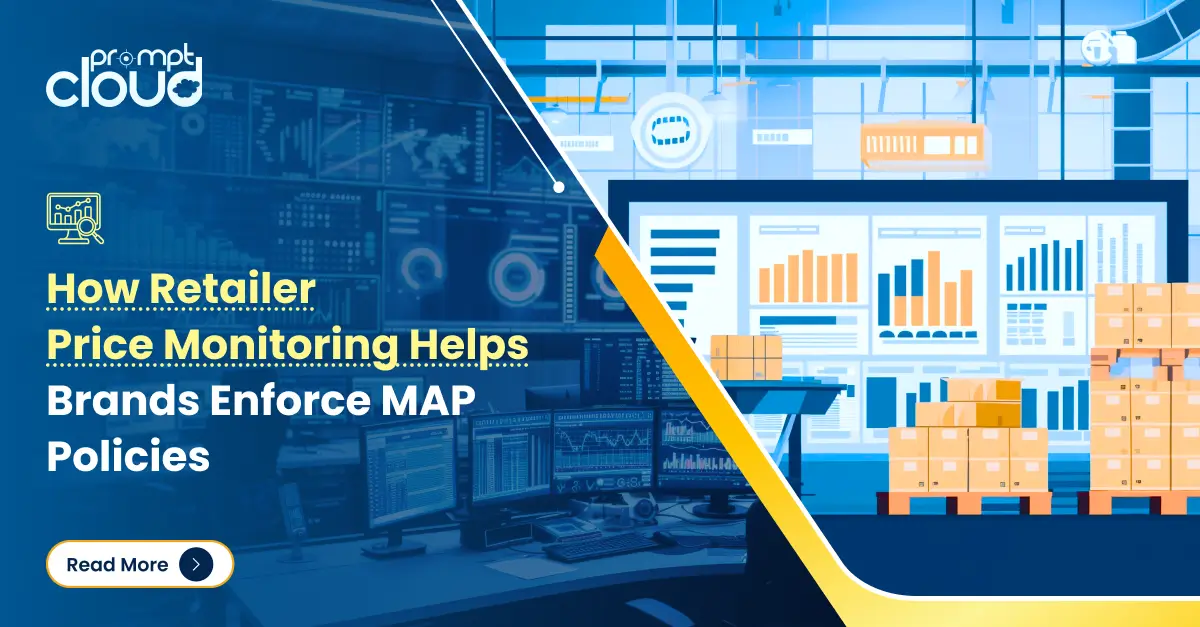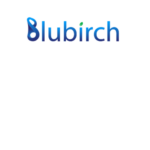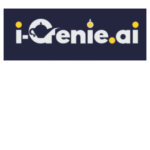Screen scraping is the newest buzzword in the super dynamic world of technology. Unfortunately, it is almost often misconstrued as data scraping. But it is one of those classic cases of ‘all thumbs are fingers, but not all fingers are thumbs’. Screen scraping is a way of drawing out all data from a digital display used for various purposes. In other terms, screen scraping helps crawl the actual display data from a particular user interface or file.
What is the Difference Between Screen Scraping and Data Scraping?
The goal is the same: to crawl and extract data. The source of data is slightly different. That is the game-changer. Data scraping uses a broader spectrum. It pulls and culls out data from anywhere on the world wide web. On the other hand, screen scraping is specifically used for extracting information from a specific digital display. Okay, so what do we need screen scraping for?
The applications of screen scraping are extremely wide and versatile. It can be applied to a whole variety of applications where you need to copy data for various purposes. In the financial services industry, some of these applications are:
- Data aggregation and using personal transaction details to fuel machine learning. This could help in predicting defaulters and avoid bad debts.
- Providing third-party applications with access to this data for constructing consumer behavioral journey and digital mapping.
The Big Question: Is Screen Scraping Legal?
Some big-ticket financial institutions have expressed basic concerns about their consumers sharing personal financing credentials with screen scrapers, even though the regulators are not opposed to this practice. In other words, it is not unlawful.
Screen scraping services actively include customers sharing banking credentials to allow screen scraping algorithms to read their bank account and transactional history to power the entire banking and finance industry. This is a double-edged sword. You need to make doubly sure that the screen scraping service adheres to security guidelines and bylaws. So you can make sure that your privacy is not being hijacked by companies looking to sell your data to marketers. The scraping services need to carry out due diligence audits quarterly and apply credential encryption.
How is Screen Scraping Done Essentially?
Screen scraping is essentially an automated use of a specific page of a website or document, which acts as a web browser, to extract custom data that is usually done manually. It’s used across the web to empower multiple other applications to interact with third-party algorithms.
To break this down for further clarity, a service called Third Party Payment Service Provider (TPP) enquires a customer which bank, otherwise known as Account Servicing Payment Service Provider (ASPSP), is linked with. It then records their login credentials. The services use these details to log into the customer’s banking portal and extract the data they seek. The entire user history, bank statement, recent transactions. Everything is at their disposal. It has really helped fuel the FinTech industry as we know it. It has helped them with data points for regression models, mapping consumer behavior, making a more robust system to understand the economy at a granular level. To name a few, of course. Screen scraping is the latest and cleanest way to make inroads and get access to a users’ financial data.
What About the Risks?
While screen scraping has been widely accepted as the number one process for scraping financial data, it has its own share of limitations:
1)There is a need to store private data made available to screen scrapers
2) The screen scraper doesn’t just crawl and pick up data; it impersonates the user by logging in and replicating and tracking activities. That is how this data gets harvested. This might be considered a privacy breach at a lot of levels. The scraper has to put in the user name, password, and a piece of memorable data in the same way a user would do. The mimicry is perfect. And to facilitate that, the password has stopped being accessible in an unencrypted format. There’s a huge danger that these credentials could be leaked to any vigilant third party. Even though there are no cases on record currently, there might be a lot of unreported cases. It would take years to undo this damage. Not to forget that customers use similar, if not the same, password across encrypted platforms. The damage would be insurmountable.
How Do We Combat These Issues?
A major part of this would involve educating internet users to look out for signs of credibility and encryption. For example, it could involve telling them to look for the padlock symbol, which indicates a secure connection, or it could involve verifying the URL they see in the address bar as the one they intended to surf in the first place.
This increases the importance of teaching everybody about online security and understanding the very fine difference between a website which phishes as opposed to a screen scraper which accesses data for the greater good.
Despite these minor issues, do we still need screen scraping? The answer is a resounding yes! The pace with which technology advances has a serious downside which people rarely talk about. Technology becomes obsolete just as fast! Software and applications get difficult to maintain after a while.
What seems like a minor issue is a very costly affair! Companies across continents spend billions of dollars on IT. To illustrate this better, in 2017 businesses spent over a whopping $3.5 trillion on IT. A huge chunk of this is usually earmarked to keep things operational. Maintaining existing enterprises are consuming most of the budget.
But now, as a counter to maintenance, businesses migrate their applications to cloud services. These legacy systems can become a major cause of concern for a lot of reasons. To integrate an intrinsically old architecture with new applications is an uphill task. Fortunately, screen scraping allows just that: seamless integration of the old and the new with reduced dependency on big budgets to account for operational costs. So well, despite it all, screen scraping is the latest buzzword for a reason. All you need is a premium screen scaring service to help you navigate all the legal nitty gritties.











